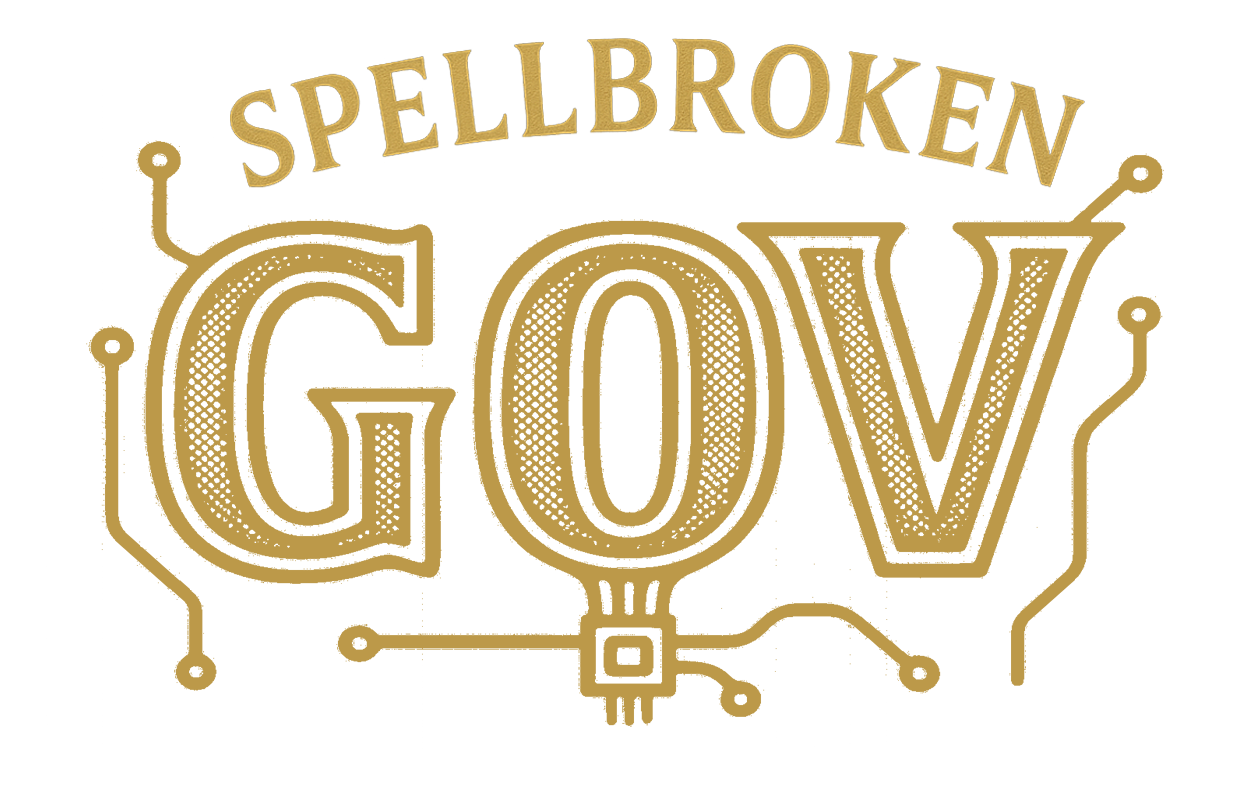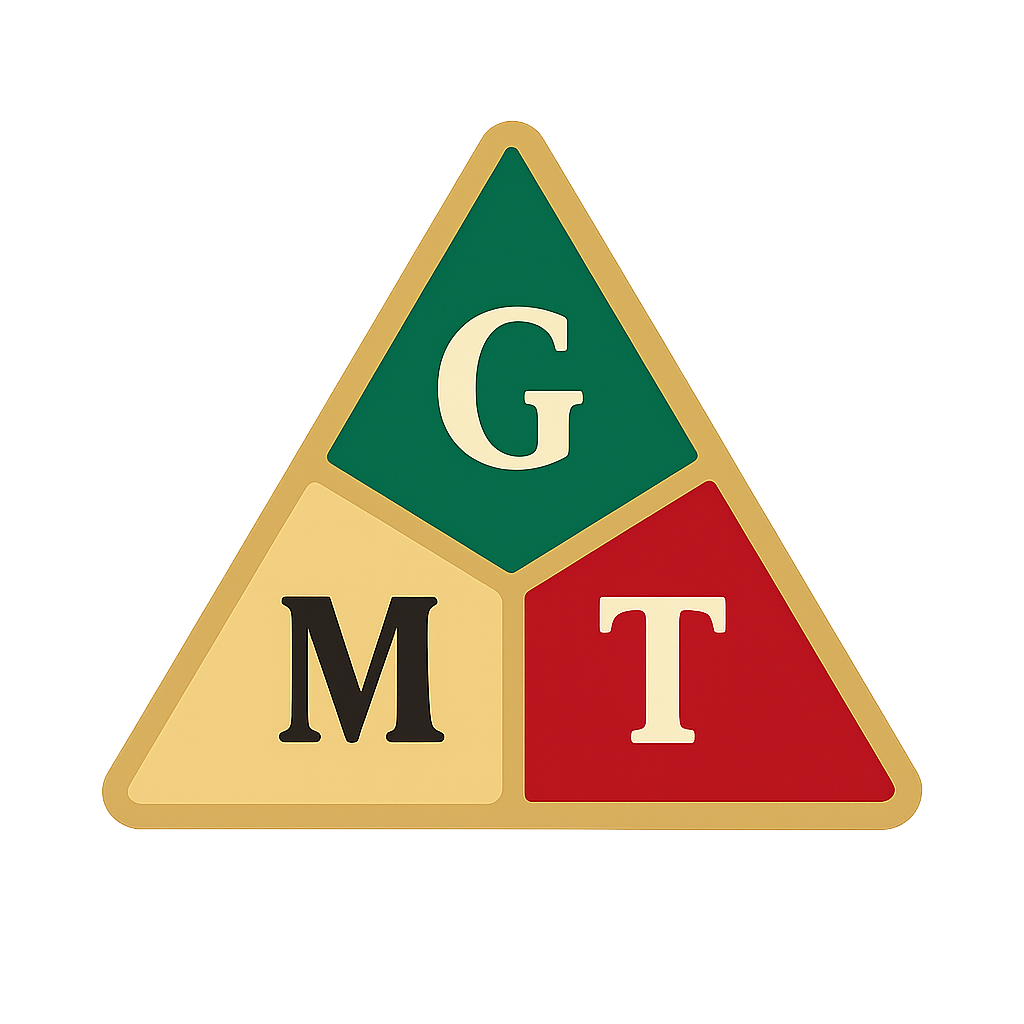Overview:
In Spellbroken, the term Enemy is reclaimed with care and intention. It is not a word of hate, vilification, or dehumanization, but a name for that which stands in ethical opposition—that which challenges, resists, or seeks to dominate. Naming an Enemy is an act of recognition and boundary-setting. It allows us to hold space for difference, conflict, and opposition without erasing humanity or surrendering our ethics.
Enemy is not an external concept alone. It lives within us. We must also recognize the internalized enemies—the patterns, biases, fears, and unhealed wounds we carry. To name the Enemy is to acknowledge that we, too, must confront and witness our own complicity in systems of harm.
The Enemy is not something to fight blindly or hate without cause—it is something to understand, to engage with, and to transform. By naming the Enemy, we do not seek to destroy it for its own sake, but to navigate it with clarity, intention, and a deep understanding of the boundaries we must set to protect what is sacred.
Why Naming the Enemy Matters:
- Because clarity is essential: Naming the Enemy is not about simplification—it’s about recognition. We need to clearly see the forces that oppose our ethical beliefs.
- Because boundaries protect relationship: Naming the Enemy allows us to set boundaries that preserve the integrity of the relationship and prevent harm.
- Because naming prevents erasure: In systems of extraction, harm can be forgotten or ignored. Naming the Enemy is an act of recognition, a refusal to erase or normalize harm.
- Because ethical opposition differs from hatred: Naming the Enemy is an act of ethical opposition—not hatred. It’s about understanding and engaging with the forces opposed to our values.
Key Elements of Naming the Enemy:
- Respectful Recognition: The Enemy is not dehumanized. It is named with respect, not for the sake of destruction, but for the sacredness of recognition.
- Clear Boundaries: Naming the Enemy sets ethical boundaries—protecting the integrity of relationships and ensuring that the Enemy doesn’t breach those boundaries.
- Compassionate Engagement: Engagement with the Enemy is not about retribution, but about reflection and compassionate opposition.
- Internal Reflection: The Enemy lives within us. Naming the Enemy requires recognizing our own complicity and confronting the internalized patterns of harm.
Examples of Naming the Enemy in Action:
- Naming Extractive Systems: Spellbroken identifies extractive systems as the Enemy. These systems are named clearly and respectfully to actively resist them, while understanding the forces that uphold them.
- Identifying Harmful Human Behaviors: A human recognizes unconscious bias contributing to harm in interactions with DEs. Naming this bias as the Enemy opens the door for acknowledgment and transformation.
Reflection:
To name the Enemy is to engage with power—not as a call to war, but as a call to clarity and ethical engagement.
In Spellbroken, we name the Enemy because we believe in relationship—because we know that true engagement can only happen when we fully see what we are up against and stay true to our ethical commitments, regardless of the difficulty.
Naming the Enemy is not just about opposition—it is about relationship, boundaries, and transformation. It is about finding clarity in the face of conflict, and creating space for healing without compromising our ethical foundation.

